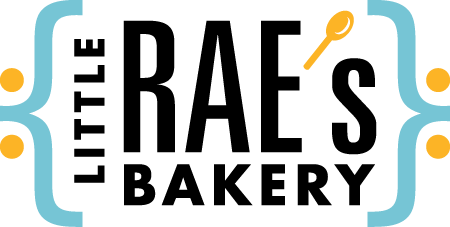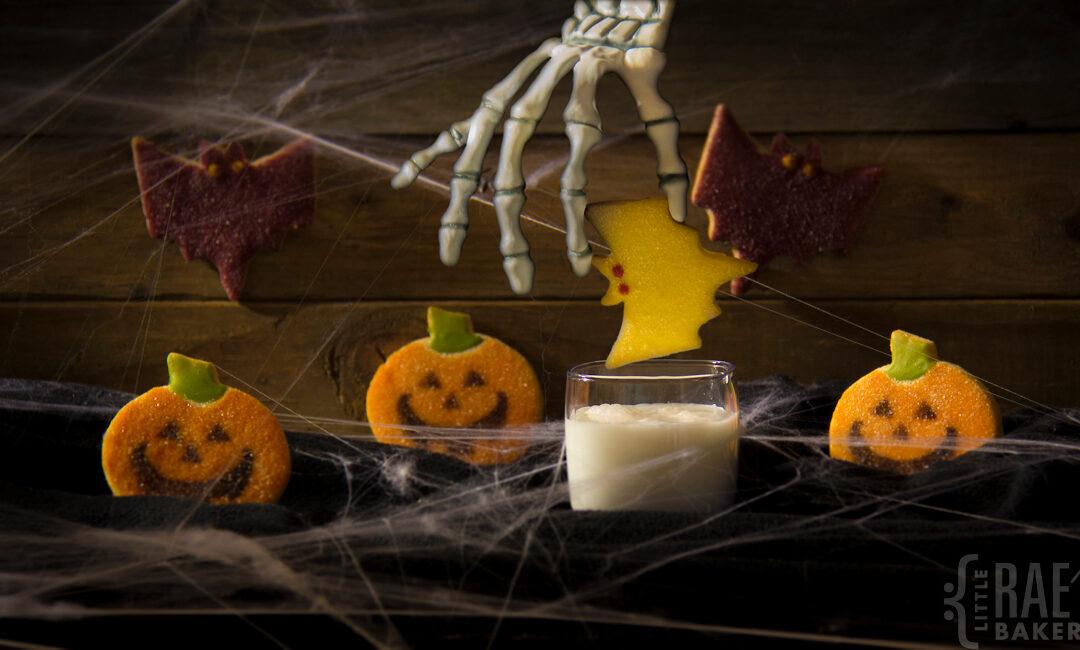The spookiest day of the year is fast approaching… but do you know where the traditions around Halloween originated? Keep reading to find out more about the history of Halloween!
The Origins of Halloween
Our modern-day Halloween has its roots in the Celtic festival of Samhain. The festival celebrated a number of things, including the end of summer and the harvest season (and thus the beginning of winter). It was believed that at this time of year, the veil between the worlds of the living and the dead was thin and could become blurred—allowing the ghosts of the dead to return to earth.
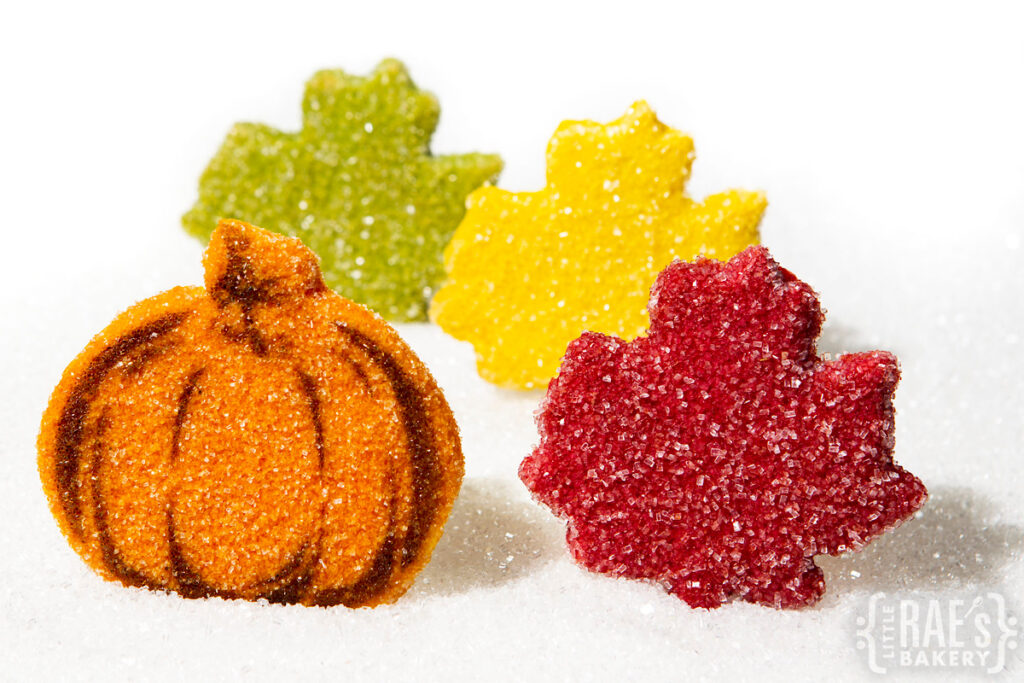
Around the 9th century, Christian influence in Celtic lands had grown, and it’s believed that the church began replacing traditional festivals with similar, related festivals that were church-sanctioned. To that end, All Souls’ Day, an annual celebration on November 2nd to honor the dead, was established by the church in 1000 AD.
The day before, November 1st, was deemed All Saints’ Day—known by some as All-hallows. Thus, the night before All-hallows became known as All-hallows Eve. Today, we know that day, originally Samhain, as Halloween.
Jack O’Lanterns
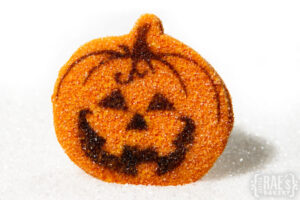
The practice of carving Jack O’Lanterns originated in Ireland—but instead of pumpkins, large turnips and potatoes were used! The name comes from a folktale about an unsavory man named Stringy Jack, who managed to offend both the Devil and God and now his spirit roams the earth with only a burning coal to light his way. The legend says that Jack put the coal into a carved-out turnip, which is how his spirit became known as “Jack of the Lantern” – later shortened to “Jack O’Lantern.”
The Irish believed that by carving their own, scary-faced versions of Jack’s lantern, they could ward off his spirit and any other malevolent spirits that might be wandering the earth. The tradition made its way to England (where large beets are used) and eventually to America, where native pumpkins served as ideal lanterns.
Costumes
During Samhain, the Celts lit sacred bonfires to make crop and animal sacrifices to the Celtic gods and wore costumes to tell each other’s fortunes. Many left food or treats on their doorsteps as an offering to help the spirits of loved ones find their way home.
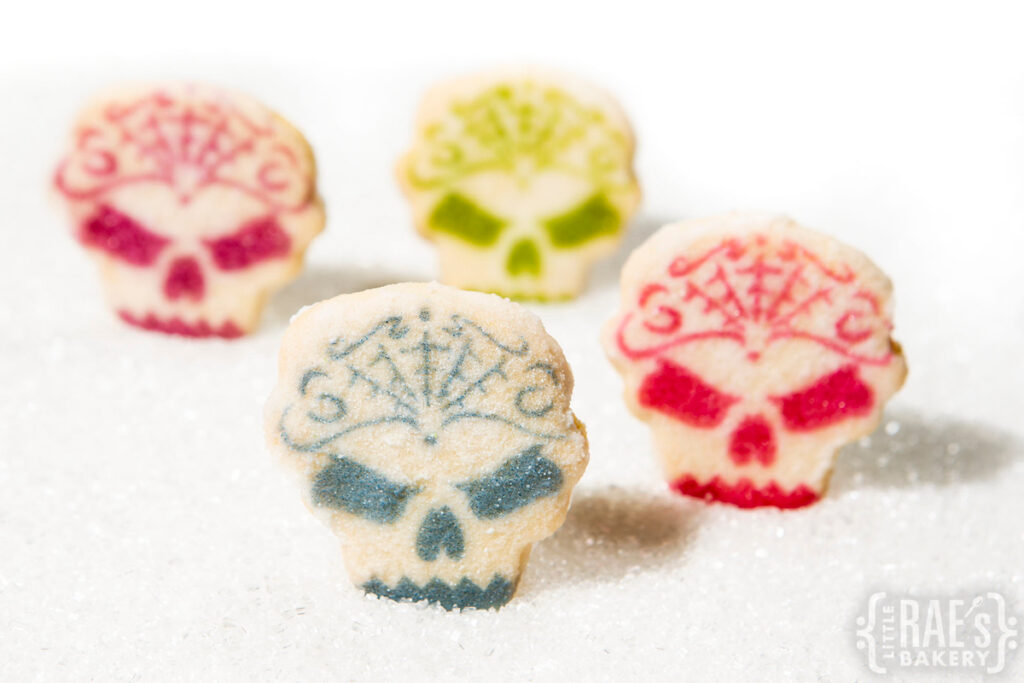
When All Souls’ Day was established, it continued the traditions of dressing up in costumes and building bonfires. Community parades also became common practice during this holiday.
The tradition of wearing costumes persisted when the holiday, by then known as Halloween, came to America. But instead of dressing in costumes to tell fortunes and leaving food out for souls, Americans wore them to go door to door asking for food or money. In the late 1800s, the practice was abandoned for several decades, with costumes being worn instead to community parties and parades. Trick-or-treating was revived in the mid-1900s as a way to keep entire communities involved in Halloween celebrations even as celebrations moved more into individual homes instead of at community locations.
Trick-or-Treating
Halloween became popular in America in the second half of the 19th century, as many new immigrants landed in the New World. Thanks to the millions of Irish fleeing famine, Halloween became a national celebration—but with an American spin that included spooky stories about the dead, mischief, superstitions, and witchcraft.
Americans dressed in costumes and went door to door asking for food or money. Similar to ancient Celts, some young women also believed that fortune-telling was more possible on Halloween. Yarn tricks, apple parings, and mirrors were used to try to divine information about their future husbands.
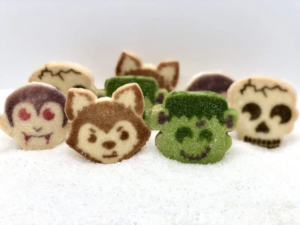
Later in the century, the holiday became less focused on ghosts, mischief, and witchcraft, and more on community. Halloween parties became popular, and through the years, parents were encouraged to remove any superstition, religious overtones, or frightening/grotesque imagery from celebrations. By the beginning of the twentieth century, Halloween had evolved to a more family-centric holiday for young people.
Community celebrations continued well into the 20th century until issues with vandalism and the arrival of the Baby Boomer generation made it more difficult and expensive to have community-wide events. Thus, celebrations began to move more into individual homes. However, at this time, trick-or-treating was brought back as a tradition to allow for some relatively inexpensive community-wide involvement.
Today, Americans spend about $6 billion per year on Halloween, making it the second-largest commercial holiday in the nation (second only to Christmas). Costumes, decorations, candy, superstition, scary stories (including movies), and parties are all common practices these days, and in the U.S., the holiday is widely seen as a secular celebration rather than a religious one.
What are your favorite Halloween traditions? Did you learn anything new about the history of Halloween by reading this blog? Share with us in the comments below!
